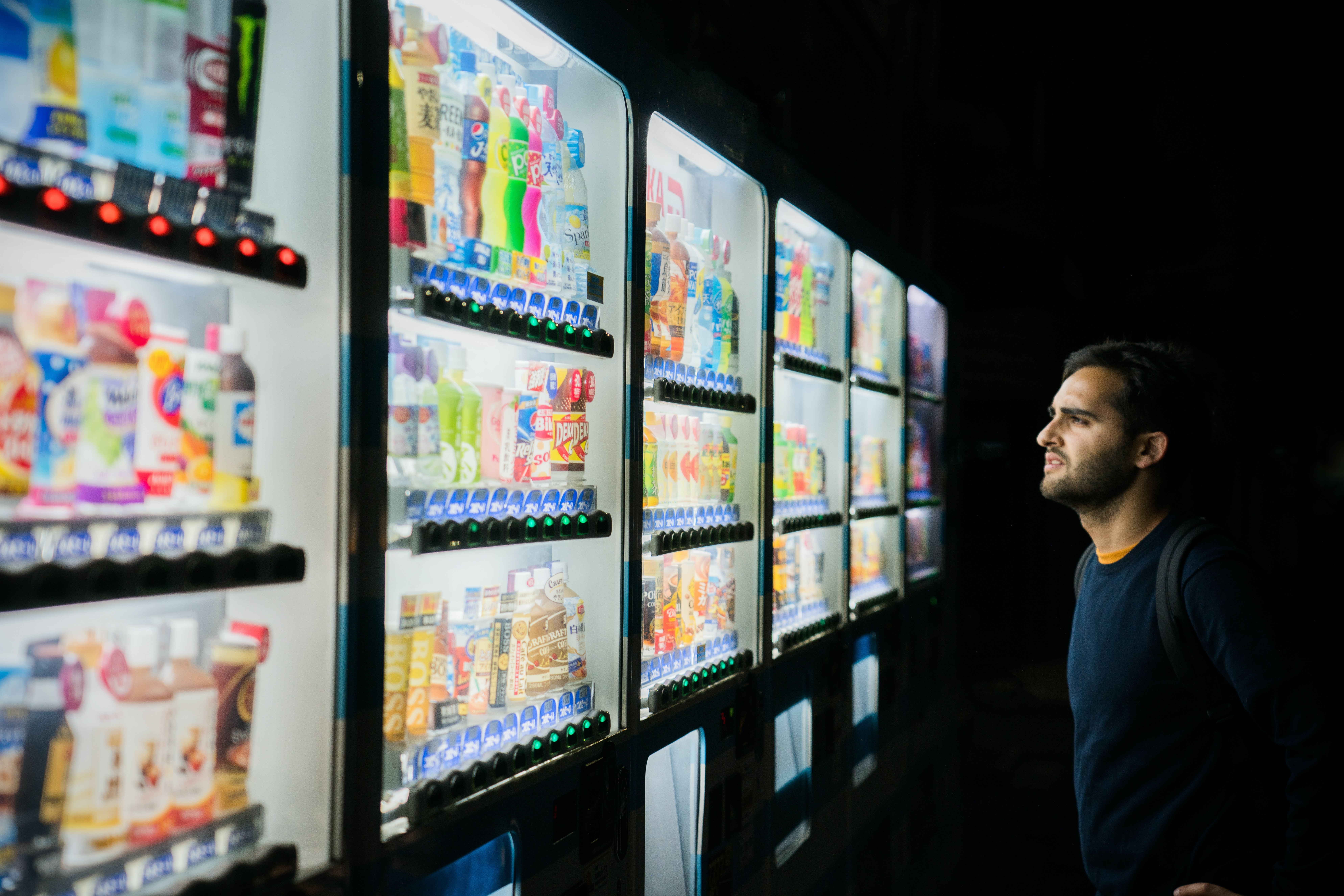
In 2020, while everyone was dealing with the pandemic, I was dealing with other set of challenges. One person close to me was diagnosed with a disease that required a change in their eating habits. A life or death situation like the one of millions of people in the world that suffer from life-threatening food allergies/restrictions. This, somewhat simple eating requirements, became challenging from the get go.
I believe that one of the most fundamental ways to connect with others is sharing a meal, and when someone you care for has to deal with a restrictive diet, you need to adapt and find ways to keep connecting at the table. Unfortunately, the information about the content of what we eat is quite opaque.
The first thing we did together was to look out for recipes in magazines, blogs and recipe books that we both enjoyed, but the data about what ingredients they should or shouldn’t eat was so large that we created a little system to replace everything in a recipe that we liked with something they could enjoy. But the search, and replace, and try (I regret the red bell pepper and carrot pizza sauce until this day), was not always succesful. We ended up circling around the same things and some small variations.
The second was trying to find places to eat or order for takeout (corona, remember?) but the restaurant menus are even more opaque than the recipes. At least in the recipes the hard thing was to find what was not good in them, but when ordering from a restaurant the menu was not explicit about all the contained allergens or the possible cross-contamination with other substances. Every time, we had to call the restaurant and made a custom order (when the Chef/Owner was kind enough to accommodate), or simply ask for simple items that we could put a little extra when eating the meal.
The third was trying to buy snacks, or ready-made items at the grocery store. This was another challenge on its own, most of the items are not clearly labelled and some of the eating requirements where hard to fulfill without having to read the whole ingredients list in a minuscule font size in the back of the packaging. And still, spending the time reading ingredients, there were a lot of names and stuff that were completely opaque to us and made our food choices limited.
I believe sharing a meal together is important. But the opacity of the available options to select from, can become a burden, a hassle, an inconvenience that maybe not everyone might want to endure.
I am still thinking of options on how to solve this. I am in the works of releasing a little Chrome Extension to help find menu items on Yelp that people can enjoy with joy and peace of mind, by filtering those that contain allergens or ingredients they don’t/can’t consume. This way, we can enable new places to visit, new ideas to cook together, new conversations. But that is just a little contribution, there needs to be more, like: Restaurant Menu’s standardization, Ordering Systems that include information about food allergens, A system of record of all the food ingredients that may contain traces of prohibited food.
The pandemic has been really hard, we shouldn’t be making the effort to connect with others any harder.
Photo by Victoriano Izquierdo on Unsplash